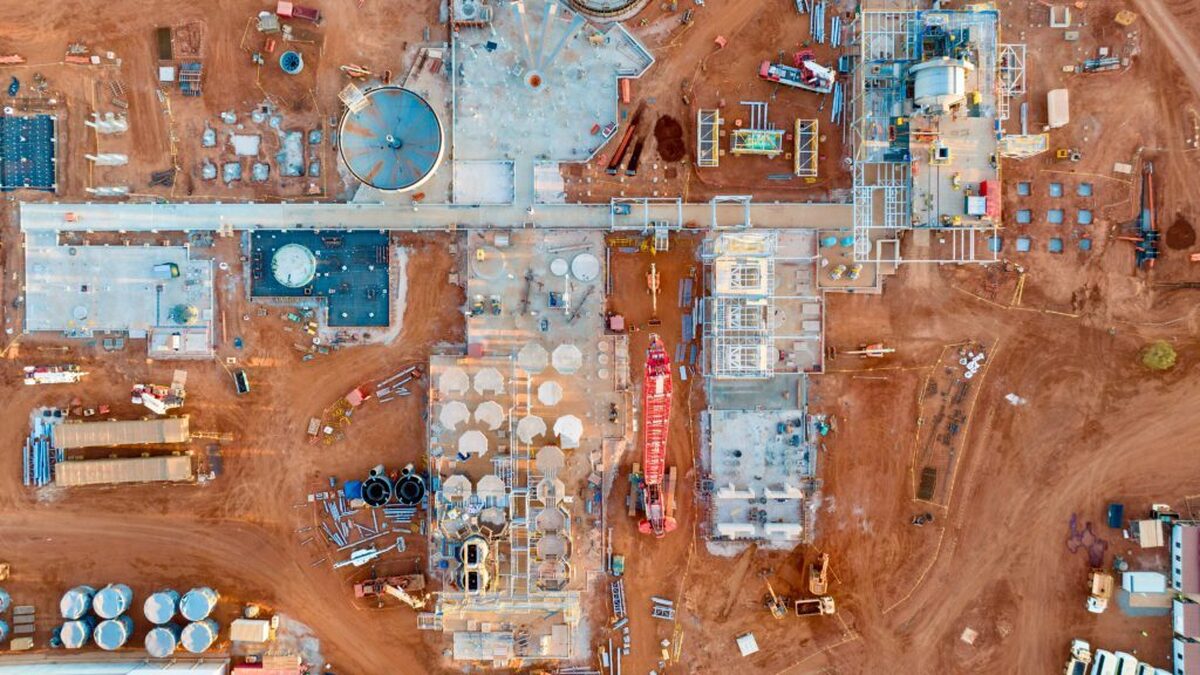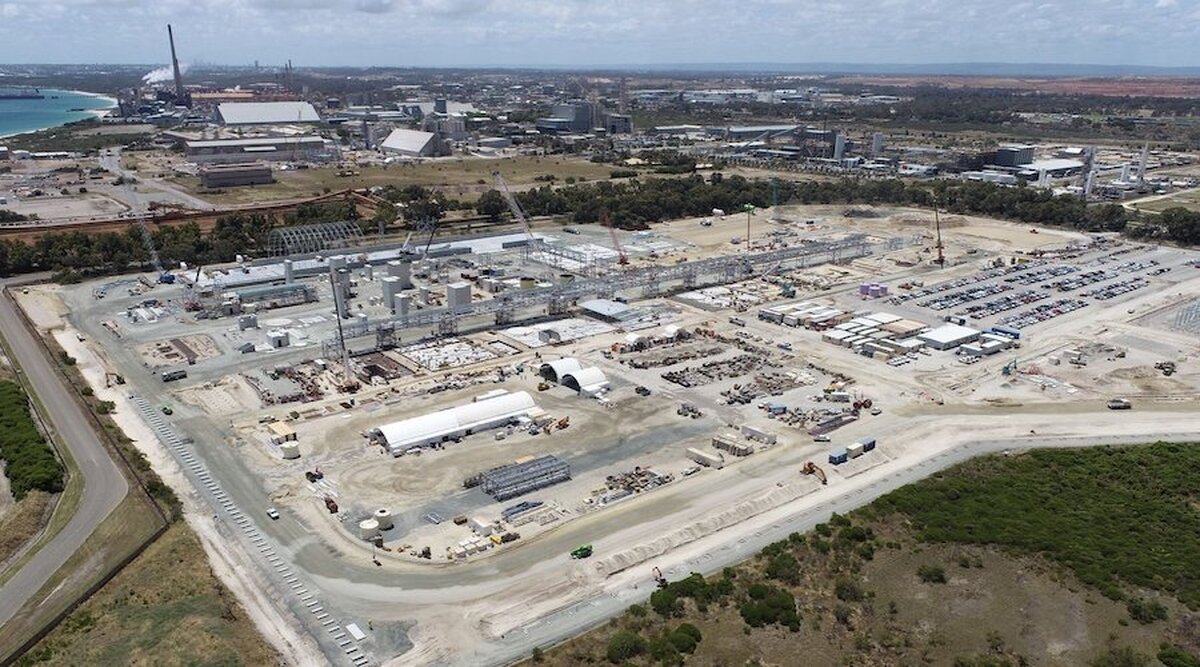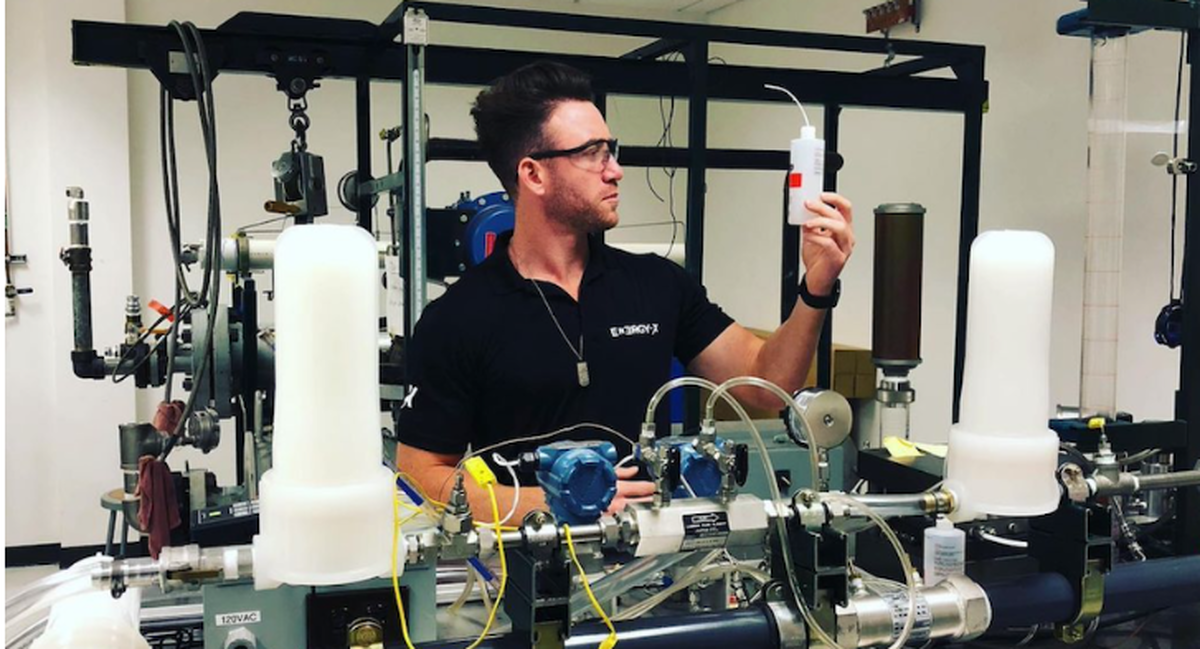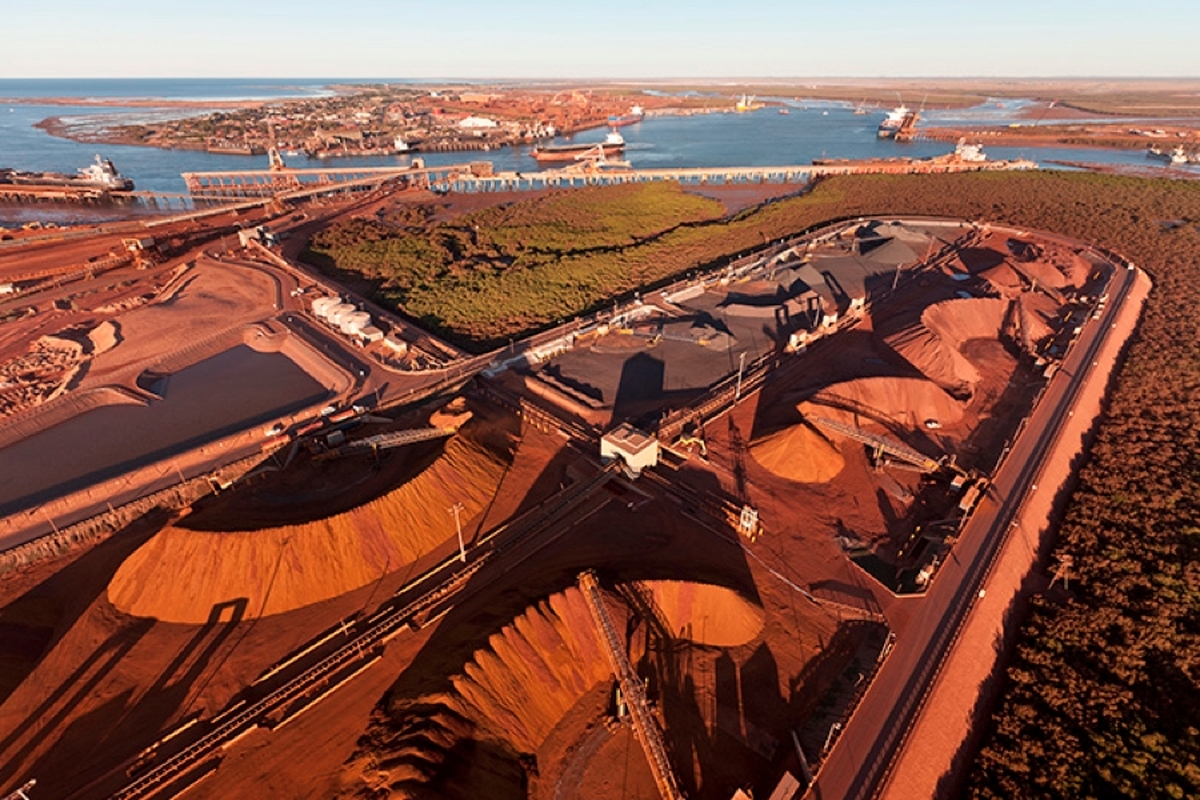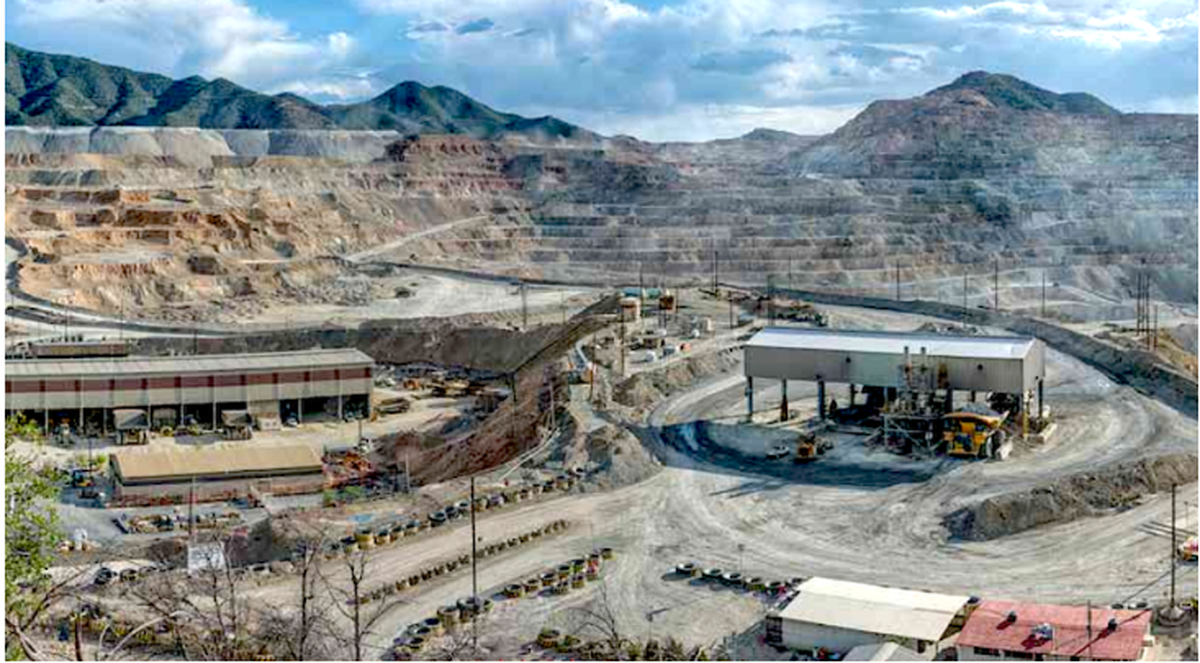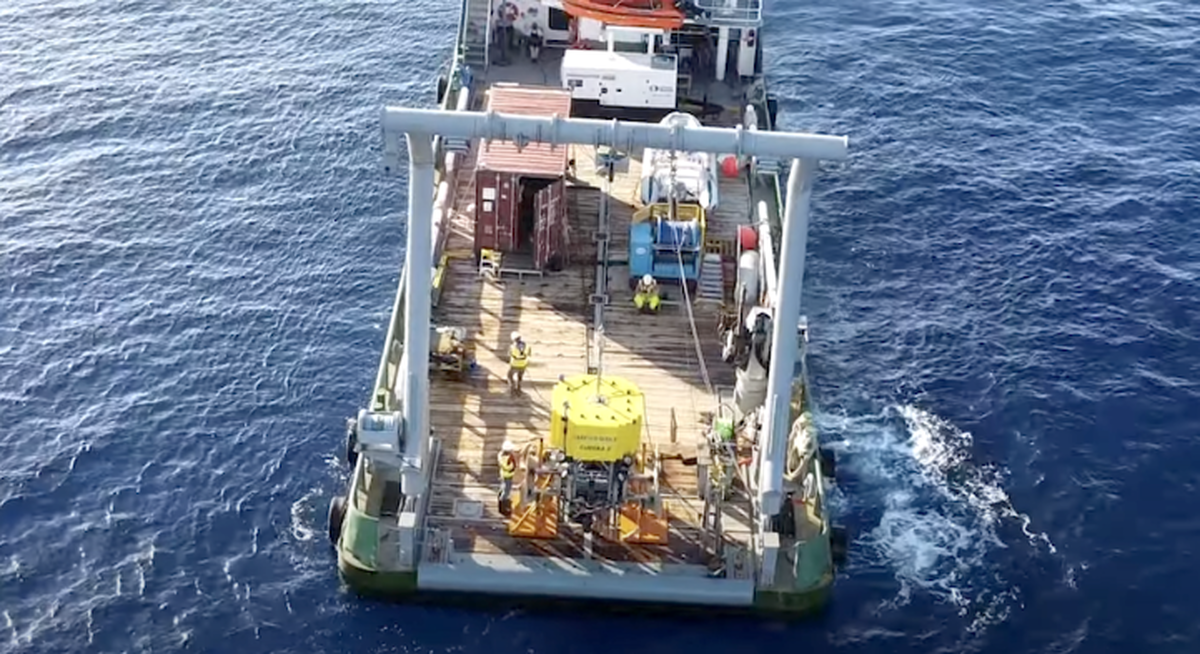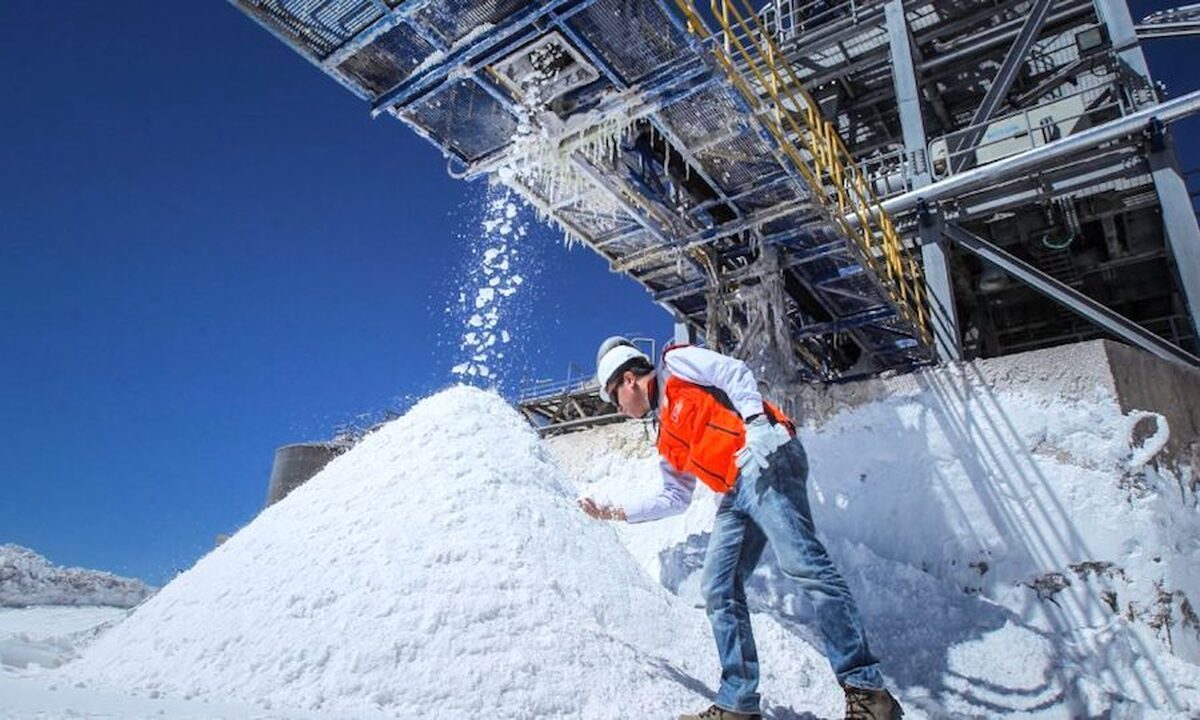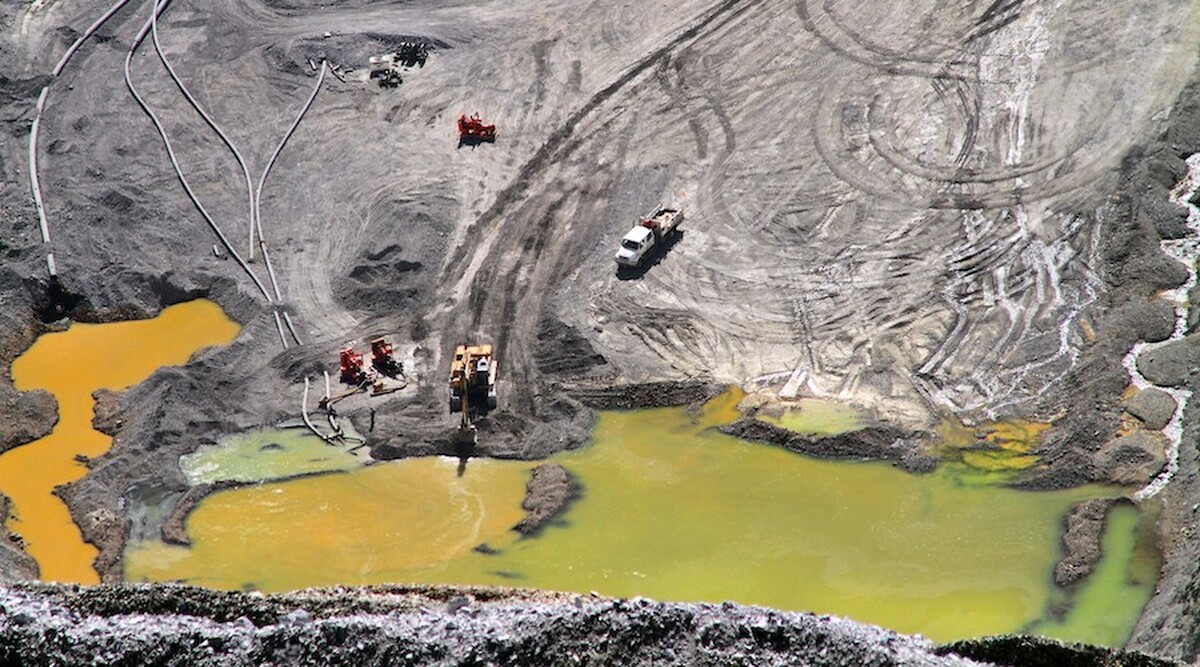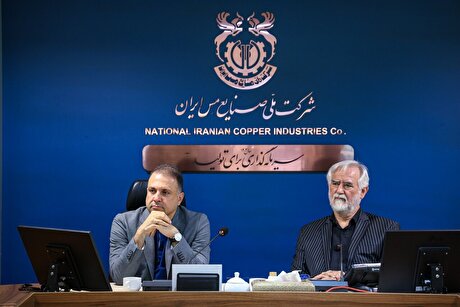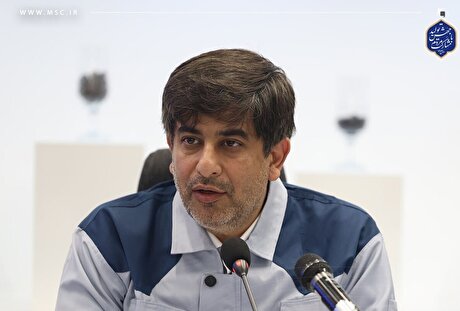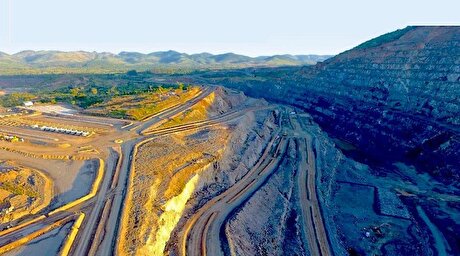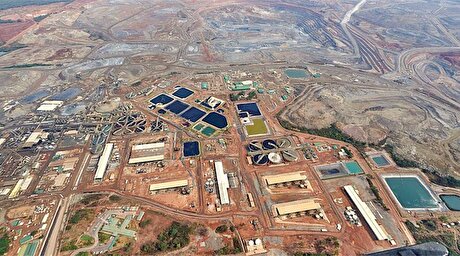
New research reveals source of world’s richest lithium deposits
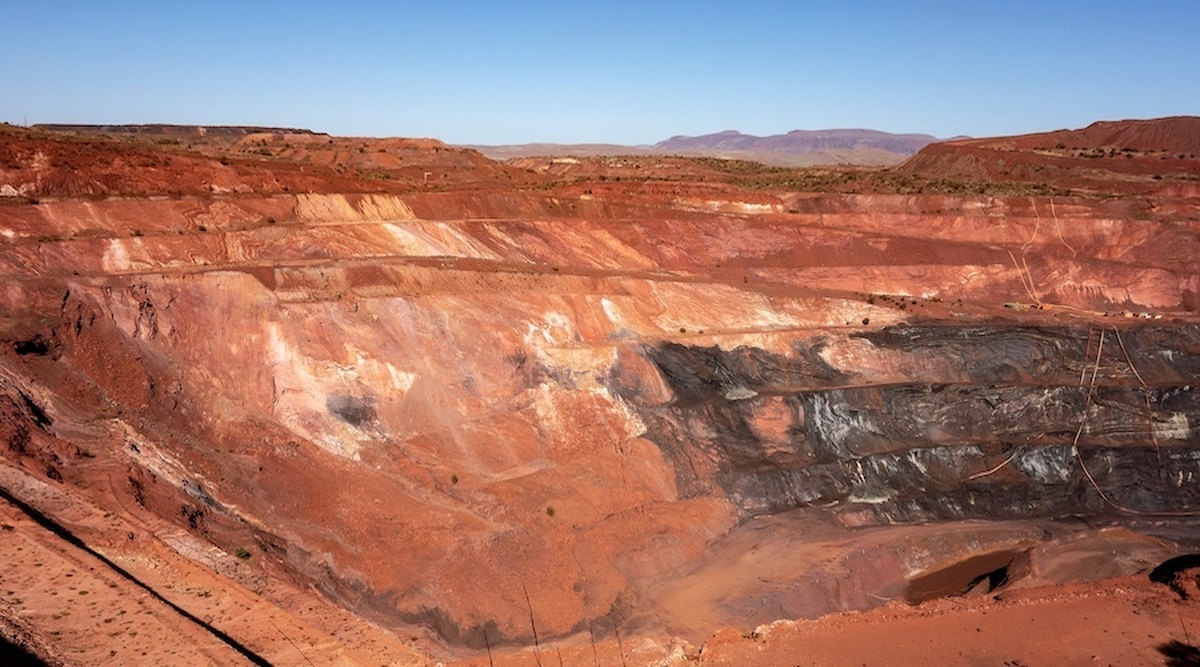
According to me-metals cited from mining.com, The breakthrough, led by Curtin University and the Geological Survey of Western Australia (GSWA), proves those deposits developed closer to the mantle, not near the surface.
The discovery could redefine how and where lithium is explored globally. It comes as demand surges for the critical mineral, used in batteries for electric vehicles, smartphones and renewable energy storage systems.
Professor Hugh Smithies, lead author and geologist with Curtin’s Frontier Institute for Geoscience Innovation and GSWA, said the findings offer a new framework for understanding lithium formation. The research shows lithium-rich magmas likely formed when mantle-derived melts were remelted and channelled along deep fault zones, enriching ancient crustal rocks.
“This connection to deep mantle magmas and enriched crustal sources helps explain why WA’s ancient terrains, which lack the sedimentary rocks long thought necessary, host some of the world’s largest lithium deposits,” Smithies said. “It could expand exploration potential into previously overlooked regions.
Australia leads
Western Australia already produces around 35% of the world’s lithium, which is more than 1.5 times Chile’s output, the next-largest supplier.
Most of this comes from pegmatite, a coarse-grained igneous rock common in WA’s Archean terrains, which are over 2.5 billion years old, like those in the Pilbara and Yilgarn regions.
While most hard-rock lithium is sourced from similar formations, current exploration models are largely based on younger geological systems. The GSWA’s research challenges these models, showing that Archean lithium systems follow their own rules and depend on a unique set of deep-earth processes.
The new findings suggests that Archean lithium systems follow distinct rules and require a unique set of geological features for the formation of these deposits.
The study’s findings, published in Nature, arrive at a pivotal moment. As lithium demand continues to climb, the authors say this new understanding could reshape exploration strategies – not just in Western Australia, but worldwide.
source: mining.com

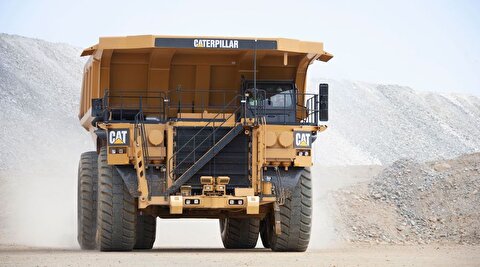
Caterpillar sees US tariff hit of up to $1.5 billion this year

Australia pledges $87M to rescue Trafigura’s Nyrstar smelters in critical minerals push
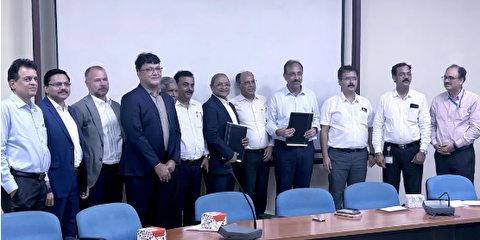
SAIL Bhilai Steel relies on Danieli proprietary technology to expand plate mill portfolio to higher steel grades
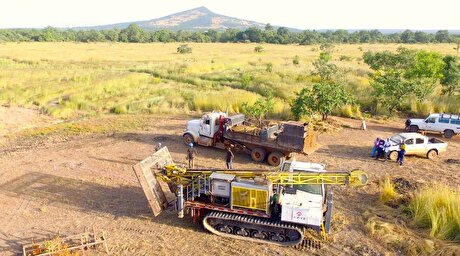
Fortuna rises on improved resource estimate for Senegal gold project
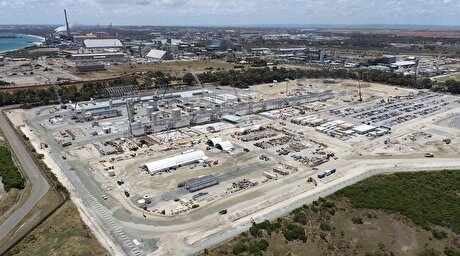
Tianqi Lithium Australia JV says it is prioritizing long-term viability of refinery

Alba Discloses its Financial Results for the Second Quarter and H1 of 2025
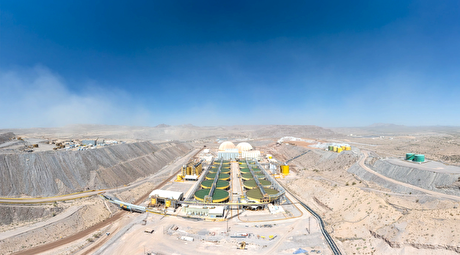
Fresnillo lifts gold forecast on strong first-half surge
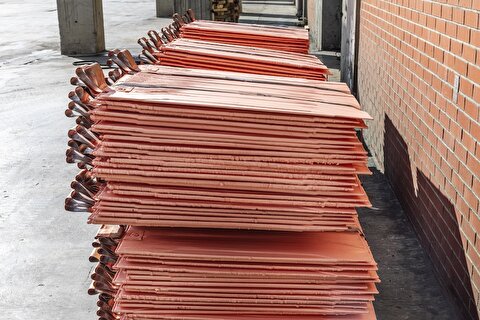
Copper price slips as unwinding of tariff trade boosts LME stockpiles
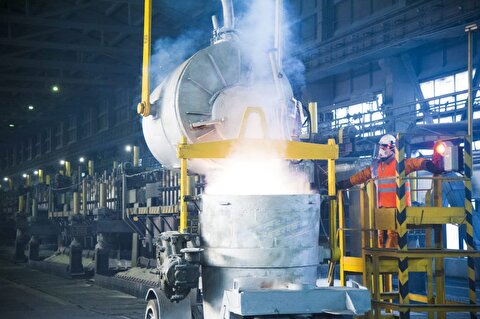
Why did copper escape US tariffs when aluminum did not?
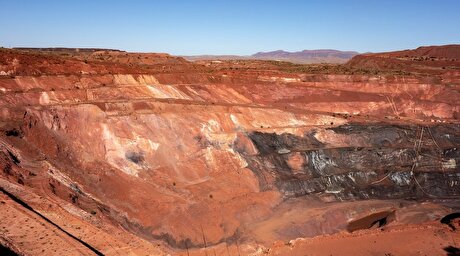
New research reveals source of world’s richest lithium deposits
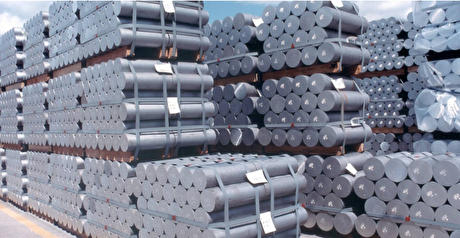
Century Aluminum to invest $50M in Mt. Holly smelter restart in South Carolina

Australia to invest $33 million to boost Liontown’s Kathleen lithium operations
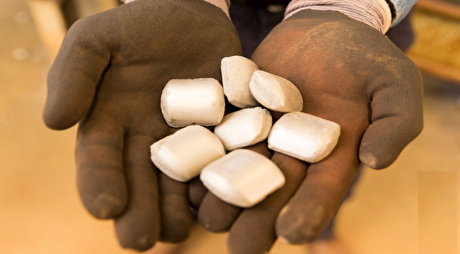
Glencore warns of cobalt surplus amid DRC export ban
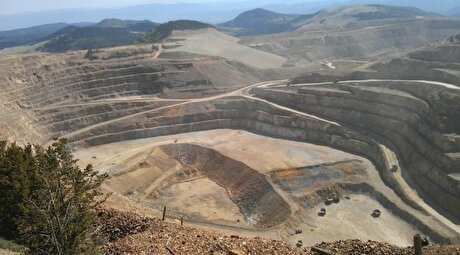
SSR Mining soars on Q2 earnings beat
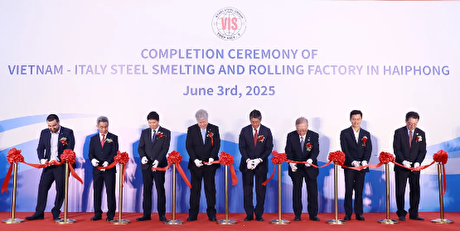
A Danieli greenfield project for competitive, quality rebar production

China limits supply of critical minerals to US defense sector: WSJ

Alba Hits 38 Million Safe Working Hours Without LTI
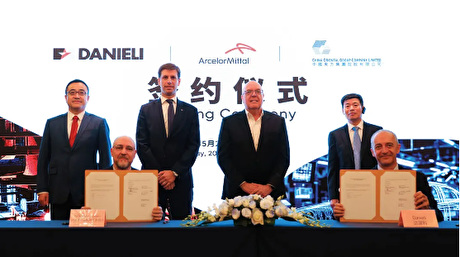
Advanced cold-rolled strip for China’s New Energy Vehicle market
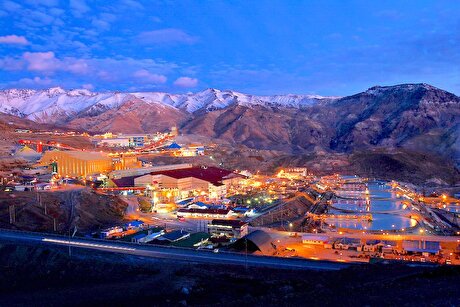
Codelco seeks restart at Chilean copper mine after collapse

Century Aluminum to invest $50M in Mt. Holly smelter restart in South Carolina

Australia to invest $33 million to boost Liontown’s Kathleen lithium operations

Glencore warns of cobalt surplus amid DRC export ban

SSR Mining soars on Q2 earnings beat

A Danieli greenfield project for competitive, quality rebar production

China limits supply of critical minerals to US defense sector: WSJ

Alba Hits 38 Million Safe Working Hours Without LTI

Advanced cold-rolled strip for China’s New Energy Vehicle market

Codelco seeks restart at Chilean copper mine after collapse

